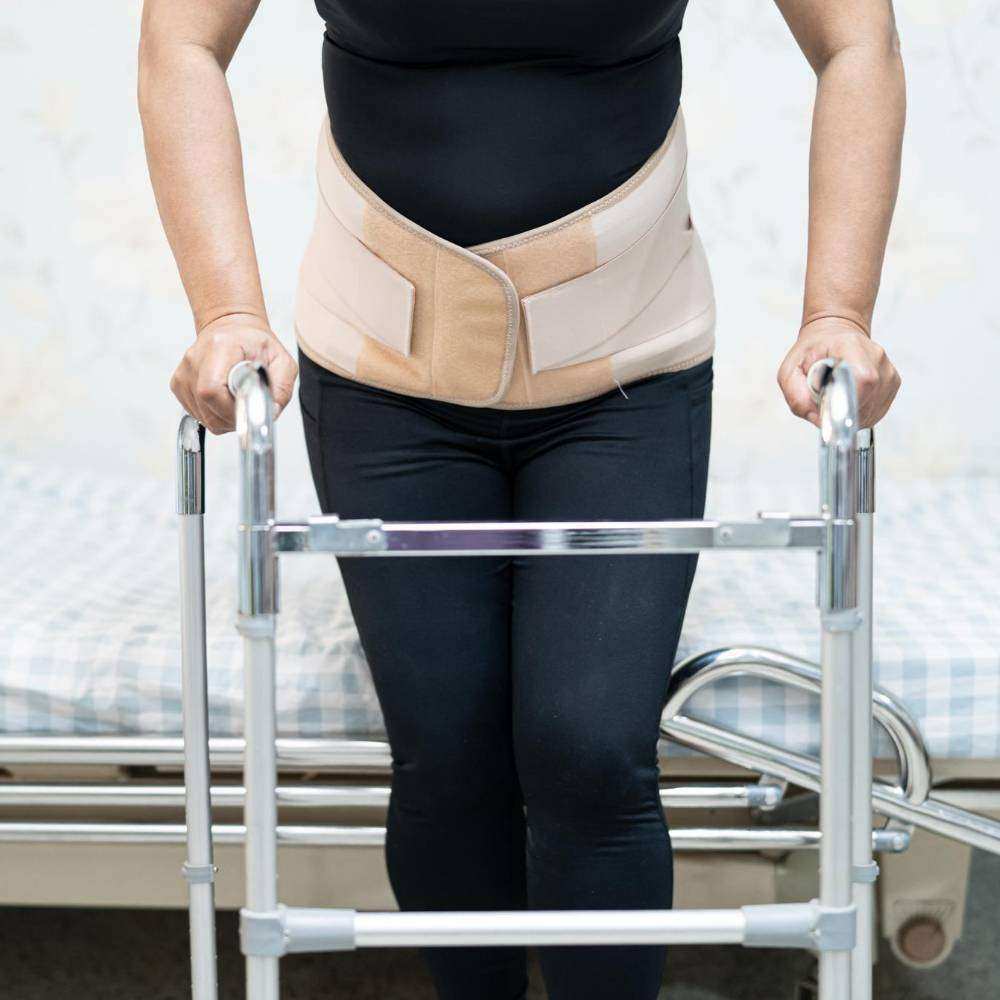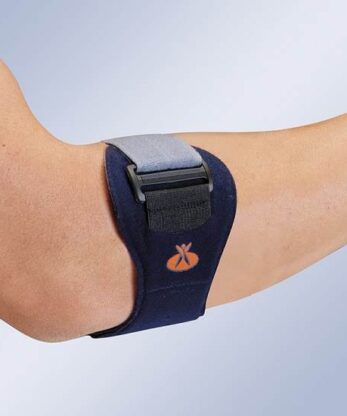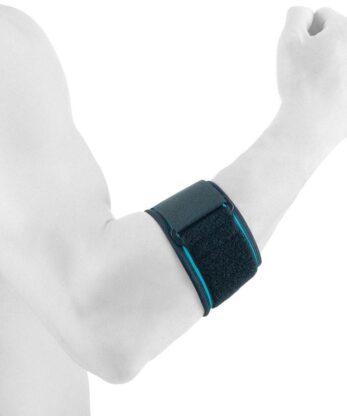Epicondylitis is a condition that affects a significant part of the population, especially those involved in repetitive arm and wrist activities. Understanding this condition and the strategies for managing it is crucial, both for affected individuals and health professionals.
What is Epicondylitis?
Epicondylitis, often known as tennis elbow (lateral epicondylitis) or golfer's elbow (medial epicondylitis), is a form of tendonitis that affects the epicondyles - the attachment points of the tendons to the elbow bone. This condition results from overloading or overuse of the tendons, leading to
pain and tenderness in the area
Causes and Risk Factors
Although often associated with athletes, epicondylitis can affect anyone. Causes include:
1. repetitive movements Tasks that involve repetitive movements of the arm and wrist, such as
typing or using hand tools can increase the risk.
2. Sports activities: Sports such as tennis or golf are particularly likely to cause
epicondylitis due to intense use of the arms.
3. Age and Health Conditions: People between the ages of 30 and 50 are more likely, as are
individuals with certain health conditions affecting muscles and tendons.
Common symptoms
Symptoms of epicondylitis include
Pain and tenderness in the elbow, especially when gripping objects.
Stiffness in the elbow.
Weakness in the arms or wrists.
Sensitivity to touch in the elbow bone.
Diagnosis and treatment
Diagnosing epicondylitis usually involves a physical examination and sometimes imaging tests. Treatment may include:
Rest: Avoiding activities that exacerbate pain is essential.
Medication: Non-steroidal anti-inflammatory drugs (NSAIDs) can help reduce pain and inflammation.
Physical therapies: Strengthening and stretching exercises, under the guidance of a physiotherapist, can be beneficial.
Elbow supports: Orthoses or elbow bands can offer support and pain relief.
Corticosteroid injections: In more serious cases, they may be considered to reduce inflammation.
Surgery: Rarely necessary, it is considered when other treatments have failed.
Prevention and care
Ergonomics: Adjusting posture and equipment at work or during sports activities can reduce the risk.
Warm-up and stretching: Before intense physical activity, it is important to prepare the muscles and tendons, and after the activity, it is essential to stretch the muscles.
Strengthening: Exercises to strengthen the forearm muscles can help prevent epicondylitis.
Epicondylitis, although common, can be managed effectively with the right approach. It is essential that individuals with this condition seek medical advice for proper diagnosis and treatment.
Adopting preventive measures and maintaining a healthy routine for the arms and wrists can help minimize the risks of this condition.
Remember, the information presented here is not a substitute for consulting a health professional. If you suspect you have epicondylitis, or for more information on the treatment and management of this condition, consult a doctor or physiotherapist.




